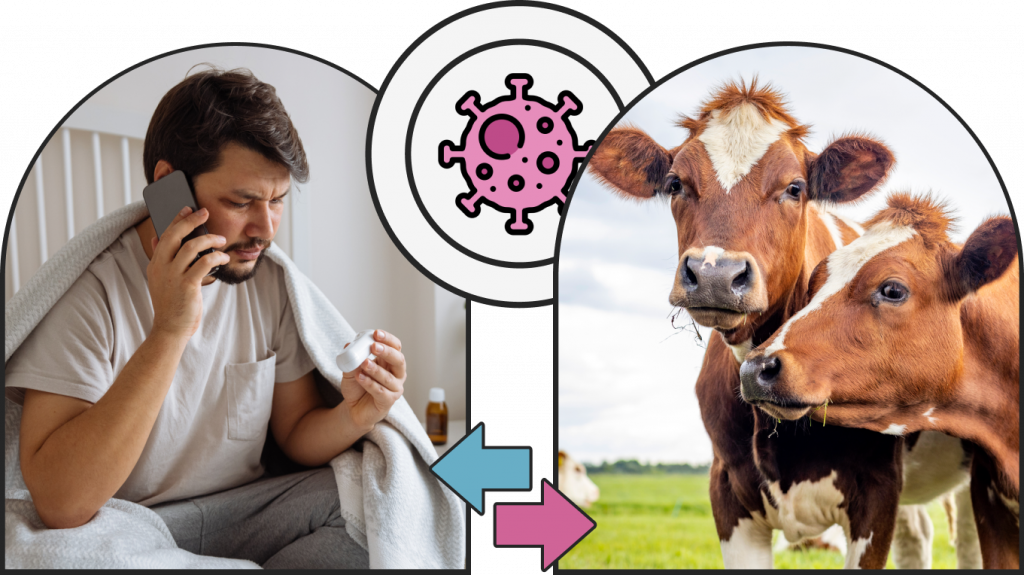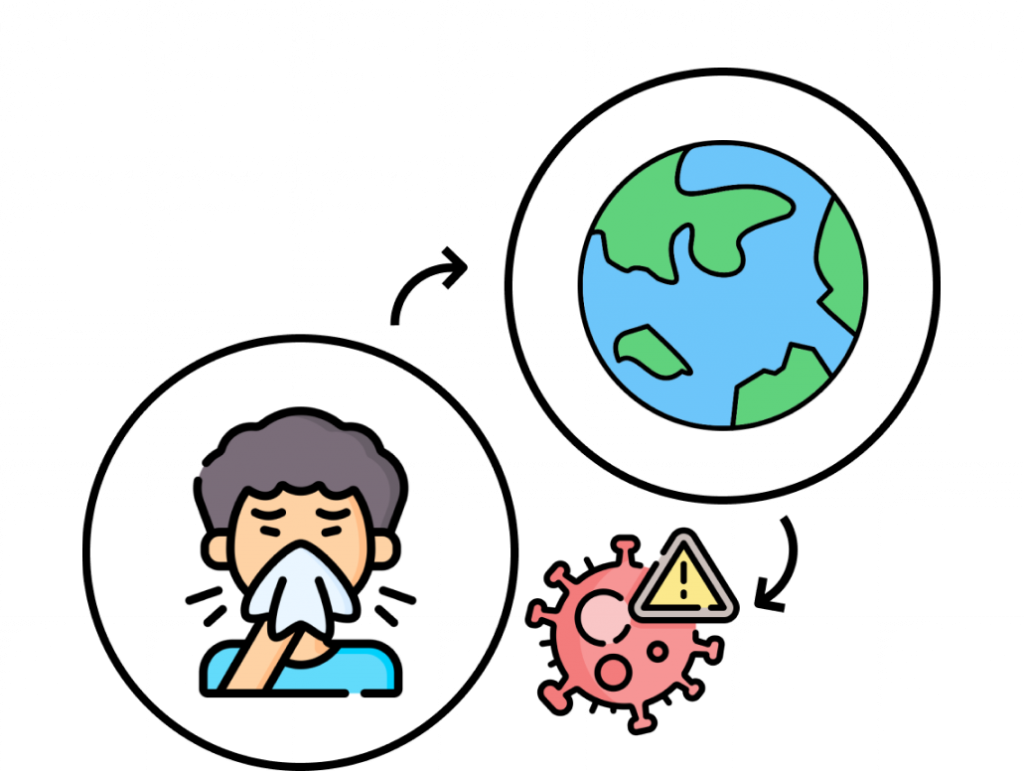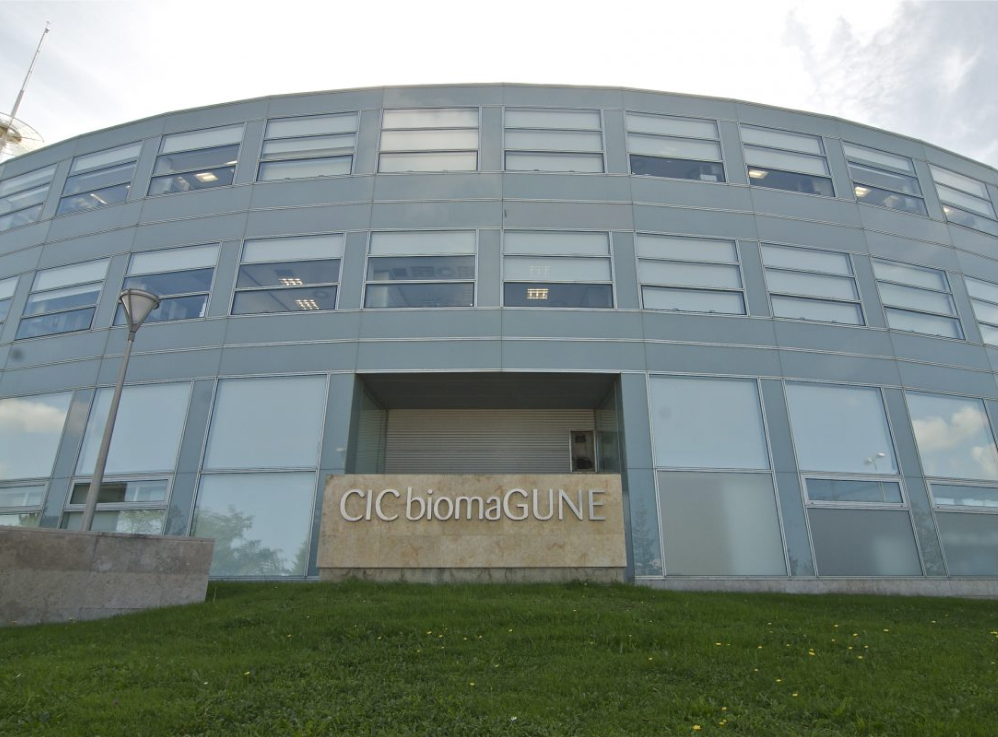FLow detection of virUses by graphene Field Effect Transistor microarrays
Automated sensor that will be able to detect known and unknown viruses that may pose a threat to global health.


FLUFET’s mission
FLUFET stands for Fluid Detection of viruses by graphene-based field effect transistor microarrays.
The European Parliament calls for continuous surveillance and harmonized data collection from animal farms. However, current methods are not suitable for continuous and automatic "in situ" detection, so only a limited number of specific and known pathogens are monitored today.
One Health
"One Health" is a global initiative that advocates collaboration between human, animal and environmental health professionals to address health challenges affecting all these sectors in an interconnected manner.
It aims to understand and prevent zoonotic diseases and promote a holistic approach to global health.


Graphene-based field
Graphene-based field effect transistors are devices that allow detection of molecules of interest (proteins, nucleic acids, viruses, etc.) and are based on changes in the conductivity of graphene sheets by interaction with these substances or with other chemical species generated from them.
In other words, when the state-of-the-art graphene-based sensor locates a virus or part of a virus, it will give us a specific signal that we can study.
FLUFET's advantages
FLUFET provides exciting opportunities for health and pandemic experts and managers, policy makers and regulatory and standardization bodies, livestock producers and their associations, precision livestock solution providers, investors and researchers in the multiple disciplines involved in the consortium.

Consortium
The project requires an interdisciplinary consortium that includes partners from computational biophysics, graphene technology, nanotechnology, sensing, microfluidics, virology, surface engineering and sensor design and electronics.
Goals
The goal of FLUFET is to create and evaluate a proof-of-concept prototype for a rapid, fully automated detection device designed for continuous surveillance of a wide range of viruses on animal farms.
The project focuses on the use of graphene field effect transistors, recognized as highly sensitive analytical platforms, combined with microfluidics and particular cell receptors.
With its adaptive detection approach, the device is able to identify unknown and unexpected viruses, rapidly triggering an alarm to alert and prevent against possible risks of spread.













